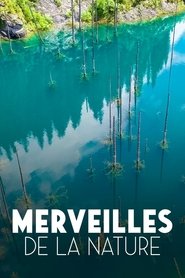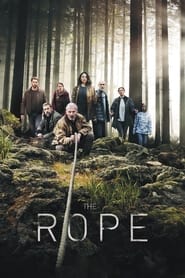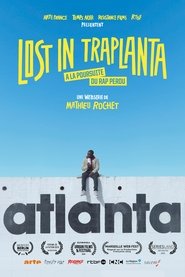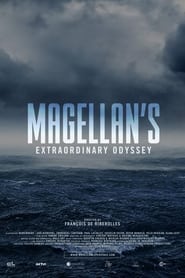Arte TV Series - Page 11
-
Inside Alan Moore's Head
2017
star 7Between dystopian visions and far-sighted social analysis, comic writer Alan Moore explains how his works are a swan song to our era. A journey through occultism, mysticism and anarchy. -
Justice à Vegas
2009
Justice à Vegas
2009
-
Hitler and the Reichstag Fire
2023
star 7Explores the burning of the German Parliament building and how it led to the rise of Nazi dictatorship in the country a month after Adolf Hitler became chancellor. -
Decolonisation
2020
star 8.8The history of decolonization from the point of view of colonized peoples, an epic story that still resonates and reverberates to this day. -
The Rope
2022
star 4.4A team of scientists face a test of faith and survival when they discover a mysterious rope in the middle of a forest, in this riveting French mini-series. -
Destination Wild: India
2024
India's biodiverse landscapes range from vast deserts and dense forests to towering mountains, each contributing to the country's rich tapestry of life. The Himalayas, standing tall in the north, shelter rare and iconic species such as the elusive snow leopards and Himalayan brown bears. Among the dense canopies of the Western Ghats in the south, endangered lion-tailed macaques scour the trees for jackfruit. And lying in the heart of southern India, one of its largest protected woodlands harbours Indian elephants and Bengal tigers. Then finally transitioning to the west, the Thar Desert unfolds, challenging life to adapt to extreme arid conditions. Here, blackbuck antelope and Asiatic lions navigate the vast, sandy expanses in search of food. A tapestry of ecosystems, all within one country. -
Israel: A Twice Promised Land
2018
star 7.8November 1947. The United Nations votes the partition plan for Palestine. For some, it is a dream becoming reality; for others, it is the beginning of a catastrophe. Seventy years after this historic vote, the land of Palestine remains an open wound, a battleground for two peoples torn apart by their shared history, a source of inextricable tension in the region and even beyond the borders of the Middle East. -
Lost in Traplanta
2019
Lost in Traplanta
2019


















